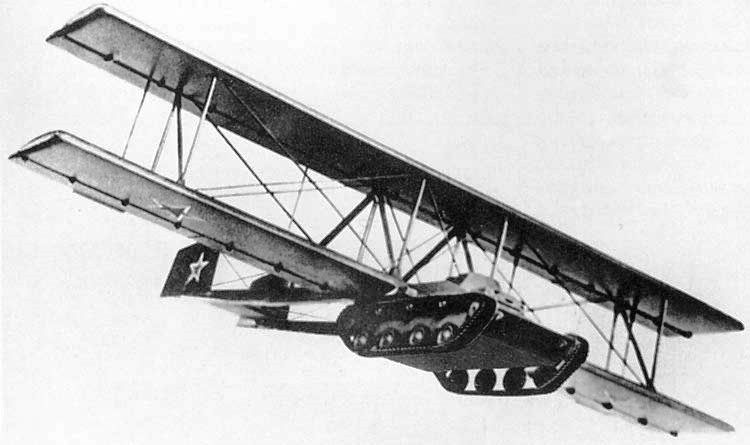
The Antonov A-40 Krylya Tanka (Russian : крылья танка, meaning "tank wings") was a Soviet attempt to allow a tank to glide onto a battlefield after being towed aloft by an airplane, to support airborne forces or partisans . A prototype was built and tested in 1942, but was found to be unworkable. This vehicle is sometimes called the A-40T or KT.
Instead of loading light tanks onto gliders , as other nations had done, Soviet airborne forces had strapped T-27 tankettes underneath heavy bombers and landed them on airfields. In the 1930s there were experimental efforts to parachute tanks or simply drop them into water. During the 1940 occupation of Bessarabia , light tanks may have been dropped from a few meters up by TB-3 bombers, which as long as the gearbox was in neutral, would allow them to roll to a stop.
The biggest problem with air-dropping vehicles is that their crews drop separately, and may be delayed or prevented from bringing them into action. Gliders allow crews to arrive at the drop zone along with their vehicles. They also minimize exposure of the valuable towing aircraft, which need not appear over the battlefield. So the Soviet Air Force ordered Oleg Antonov to design a glider for landing tanks.
Antonov was more ambitious. Instead of building a glider, he added a detachable cradle to a T-60 light tank bearing large wood and fabricbiplane wings and a twin tail . Such a tank could glide into the battlefield, drop its wings, and be ready to fight within minutes.
One T-60 was converted into a glider in 1942, intended to be towed by a Petlyakov Pe-8 or a Tupolev TB-3 . The tank was lightened for air use by removing its armament, ammunition and headlights, and leaving a very limited amount of fuel. Even with the modifications, the TB-3 bomber had to ditch the glider during its only flight, on September 2, 1942, to avoid crashing, due to the T-60's extreme drag (although the tank reportedly glided smoothly). The A-40 was piloted by the famous Soviet experimental glider pilot Sergei Anokhin. The T-60 landed in a field near the airdrome, and after dropping the glider wings and tail, the driver returned it to its base. Due to the lack of a sufficiently-powerful aircraft to tow it at the required 160 km/h (99 mph), the project was abandoned.

The Soviet Union continued to develop methods to efficiently deploy airborne vehicles. By the mid-1970s they were able to para-drop BMD-1 fighting vehicles with their crew aboard
(Data from The Osprey Encyclopedia of Russian Aircraft 1875–1995..Wikipedia..)
General characteristics
Crew: Two
Capacity: 1 × T-60 tank
Length: 12.06 m (39 ft 6¾ in)
Wingspan: 18.00 m (59 ft 0¾ in)
Wing area: 85.8 m2 (923.5 ft2)
Empty weight: 2,004 kg (4,418 lb)
Gross weight: 7,804 kg (17,205 lb)
interior details..
turret in better condition..
decal sheet ..only redstars.. I think for only glider.
A view of the manual. Descriptions are enough..
Crew: Two
Capacity: 1 × T-60 tank
Length: 12.06 m (39 ft 6¾ in)
Wingspan: 18.00 m (59 ft 0¾ in)
Wing area: 85.8 m2 (923.5 ft2)
Empty weight: 2,004 kg (4,418 lb)
Gross weight: 7,804 kg (17,205 lb)
(T-60 weight 5.800 kg.. very light for a tank)
And A-40 kit.. From Amodel.. We bought with Hakan Karlı. After I gave my kit to Birol Ertem. Come on guys, do it..
Erhan...
And the kit..A pile of parts .. There are two main parts , Wing (the glider) and the tank (T-60)
Start with T-60 tank..Very nice details but the mold should be better quality. I think, it needs sanding and putty
interior details..
wheels and tracks requires effort and patience
turret in better condition..
And wing (the glider). There are two units from each sprue..
decal sheet ..only redstars.. I think for only glider.
A view of the manual. Descriptions are enough..
to be continued.. (I hope)

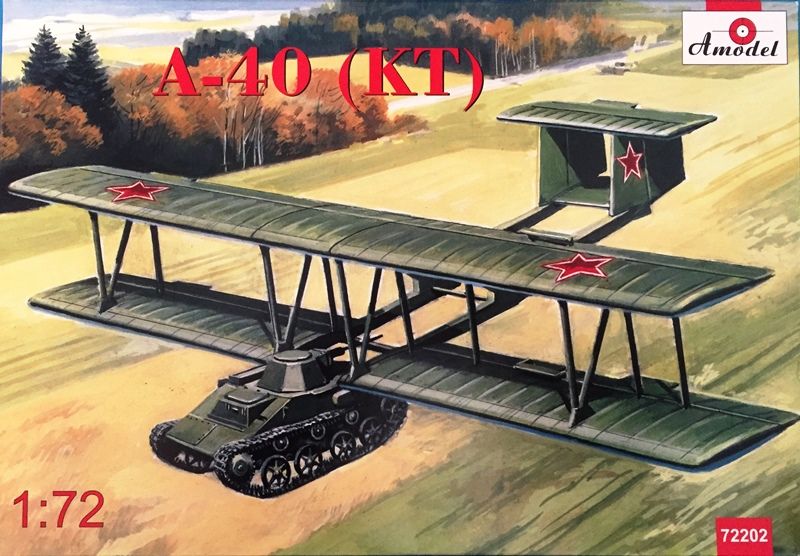


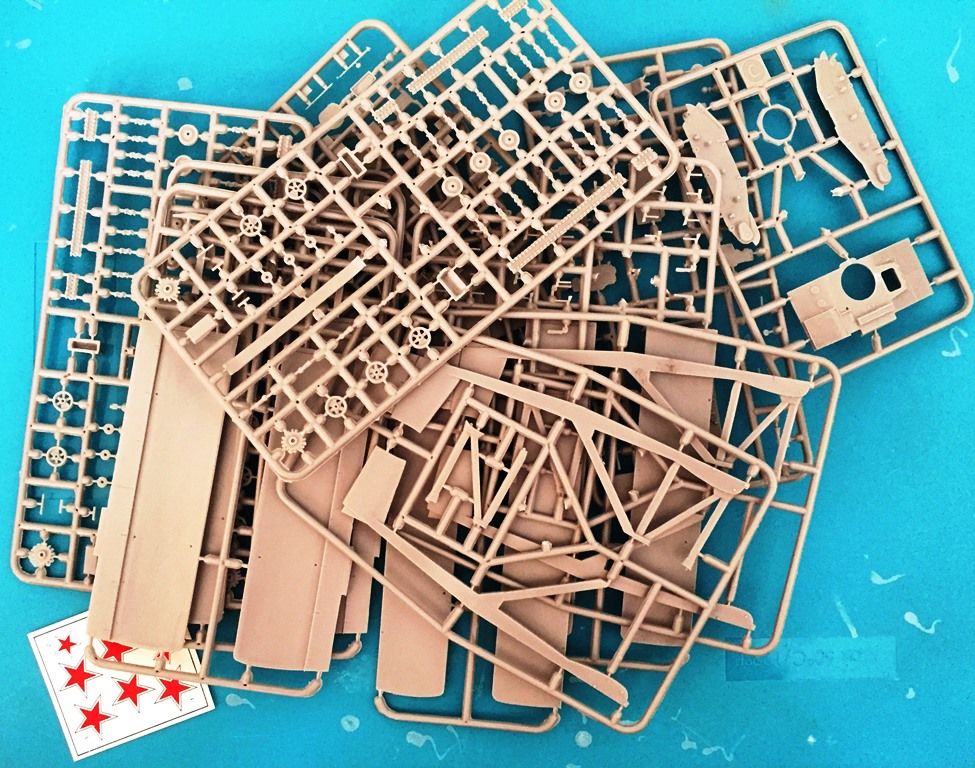

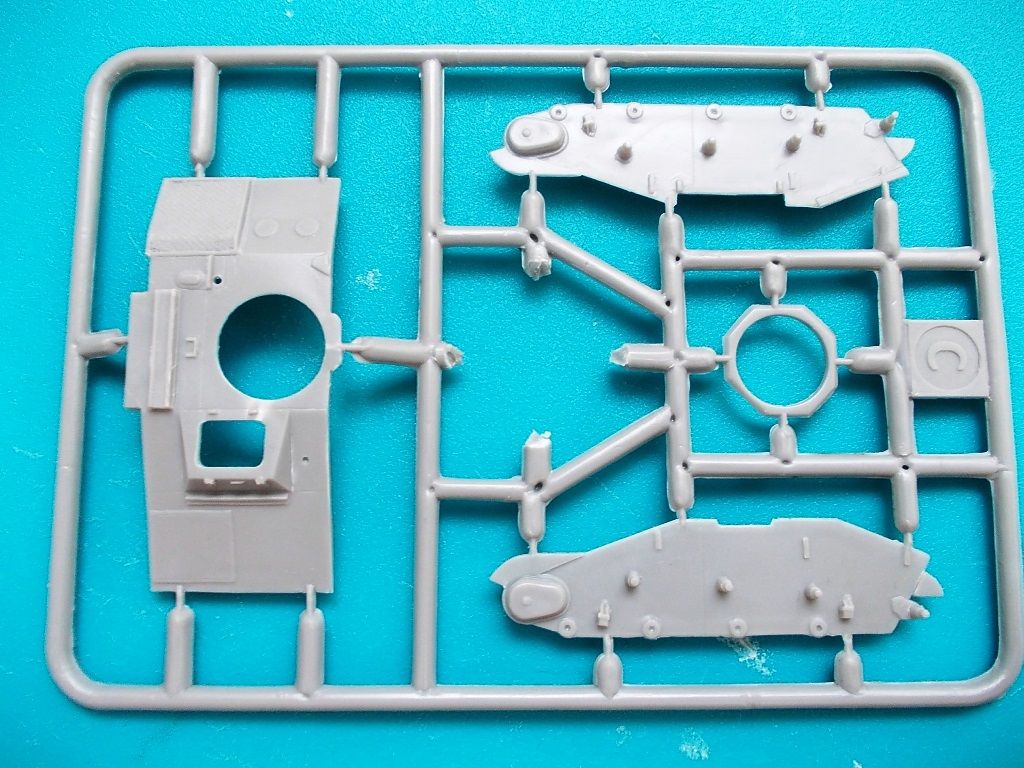

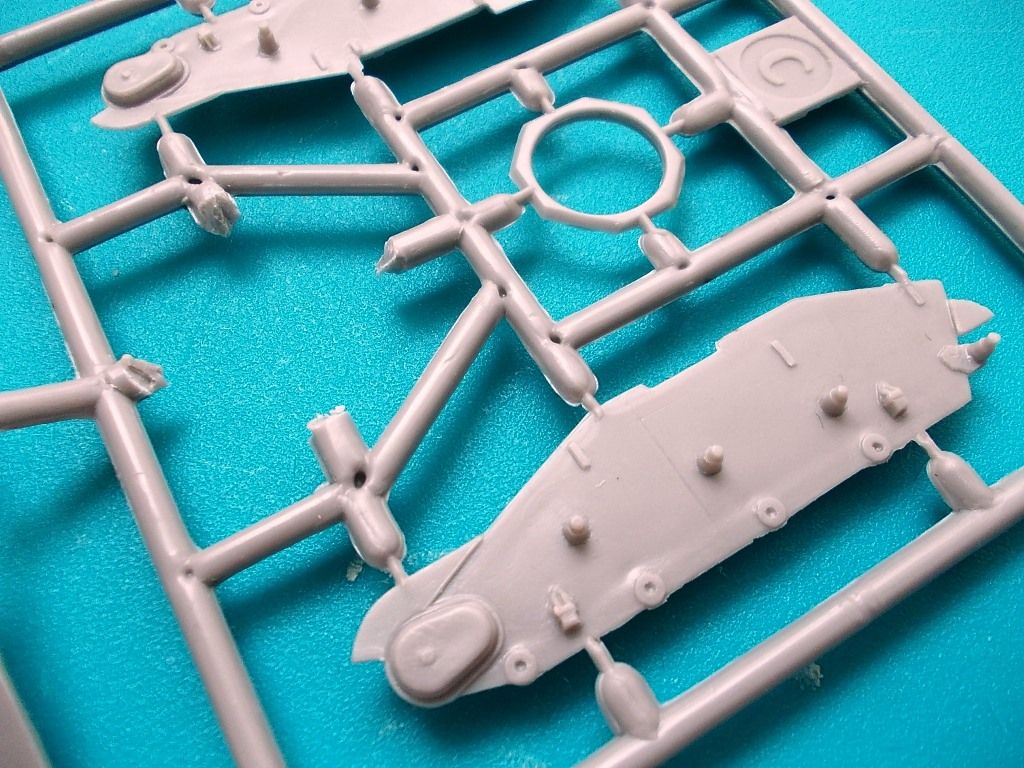

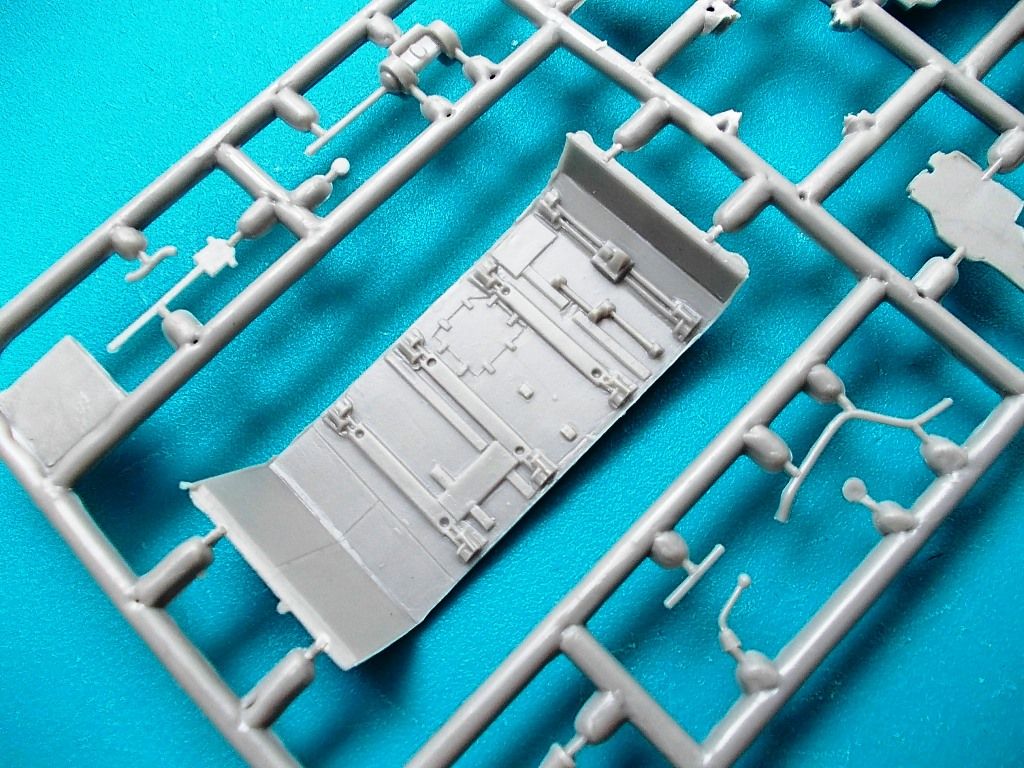
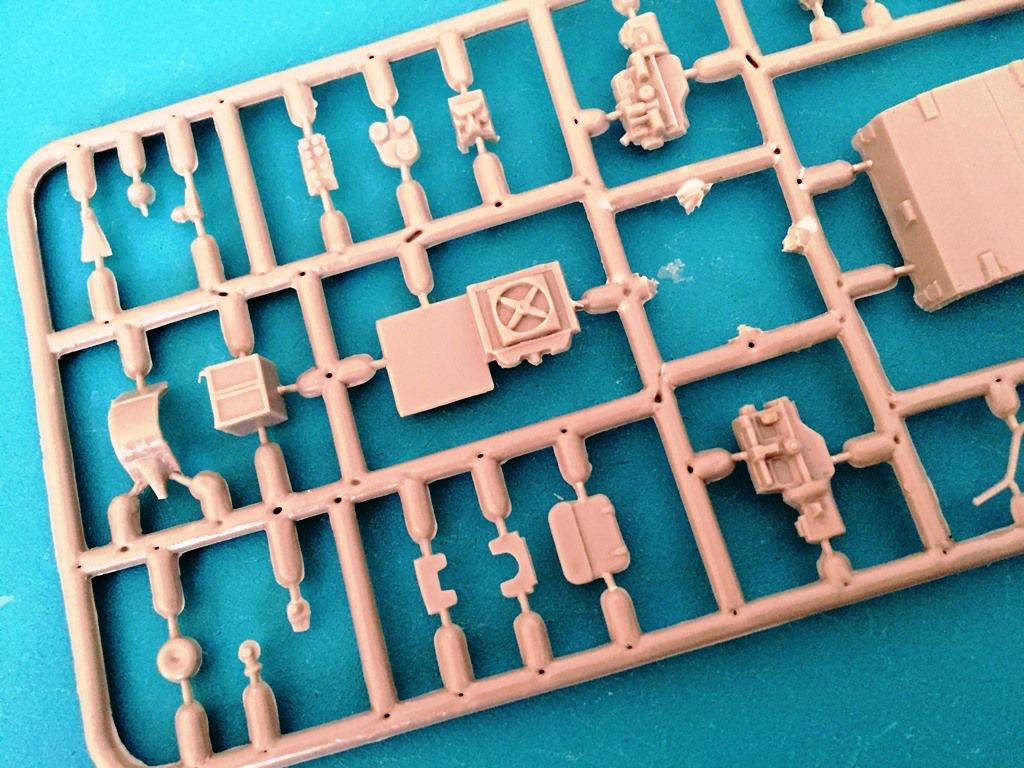
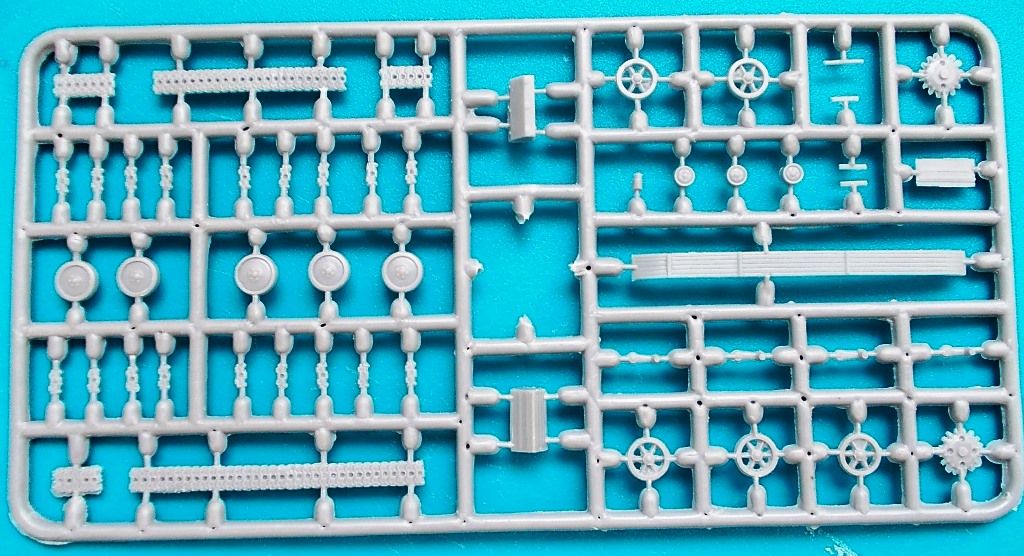

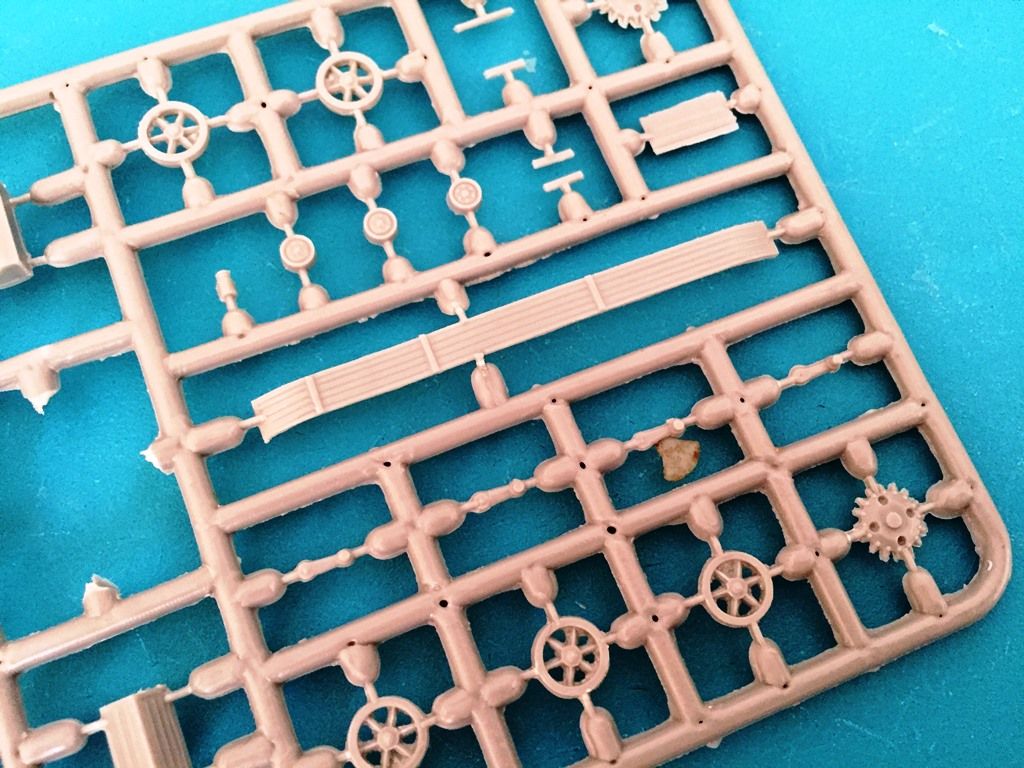

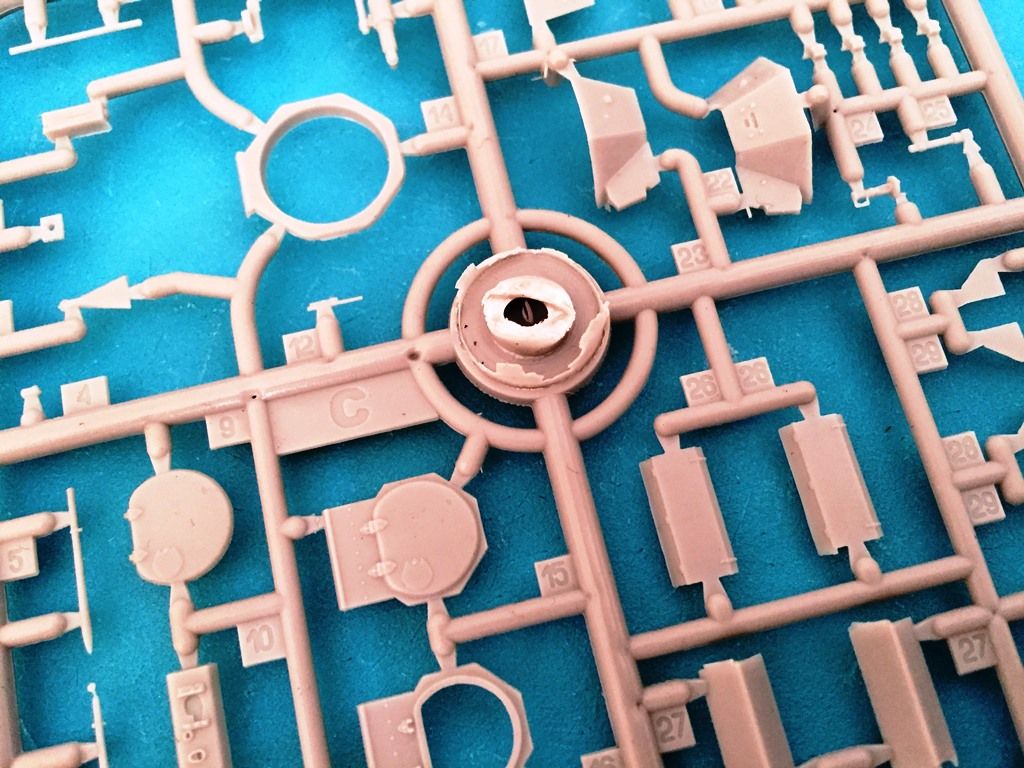

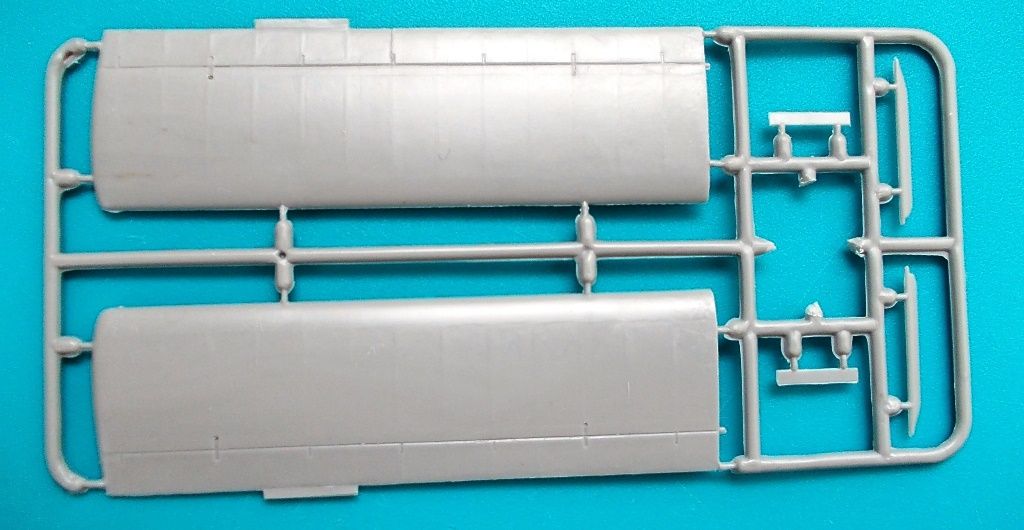
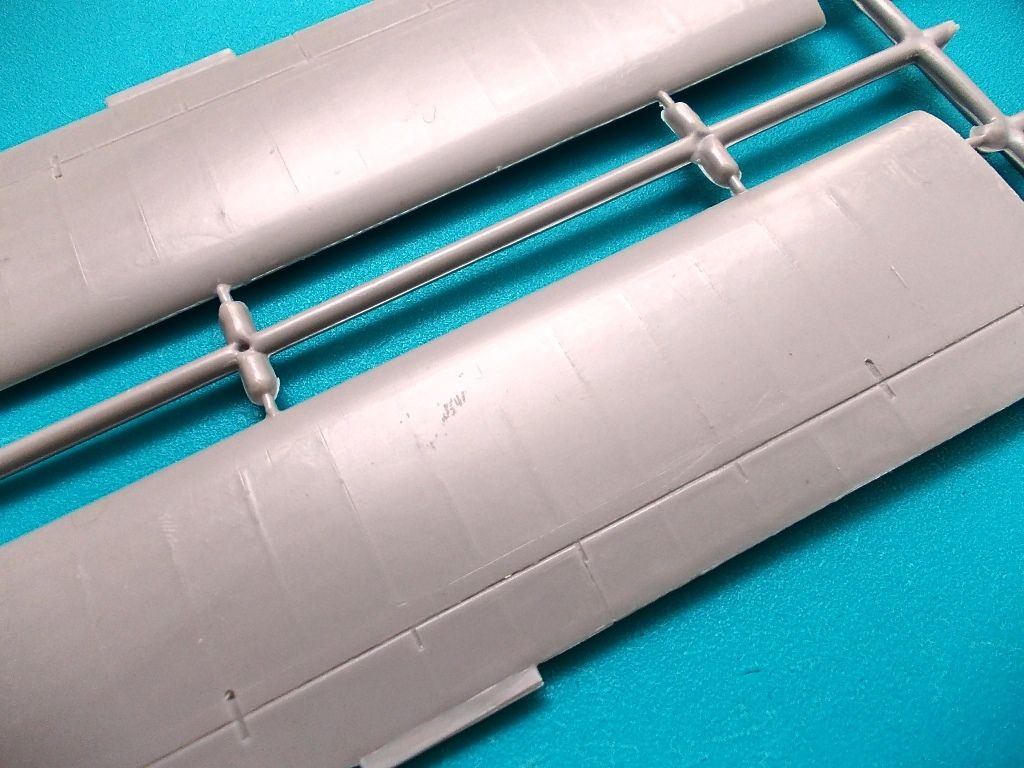
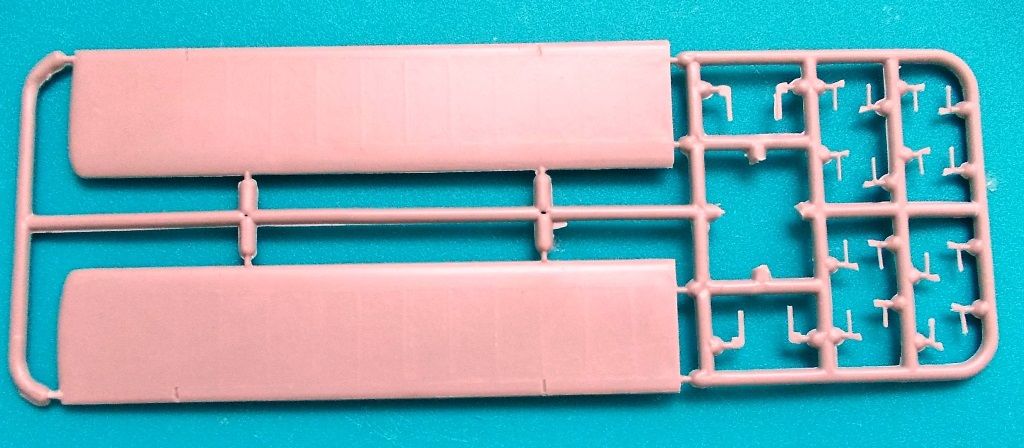

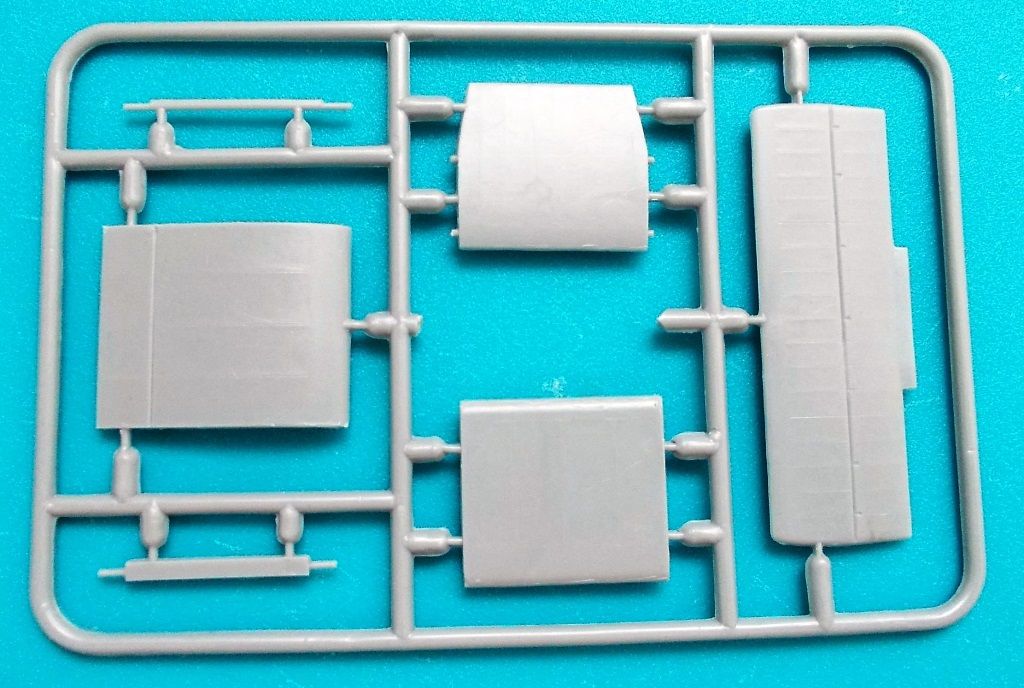

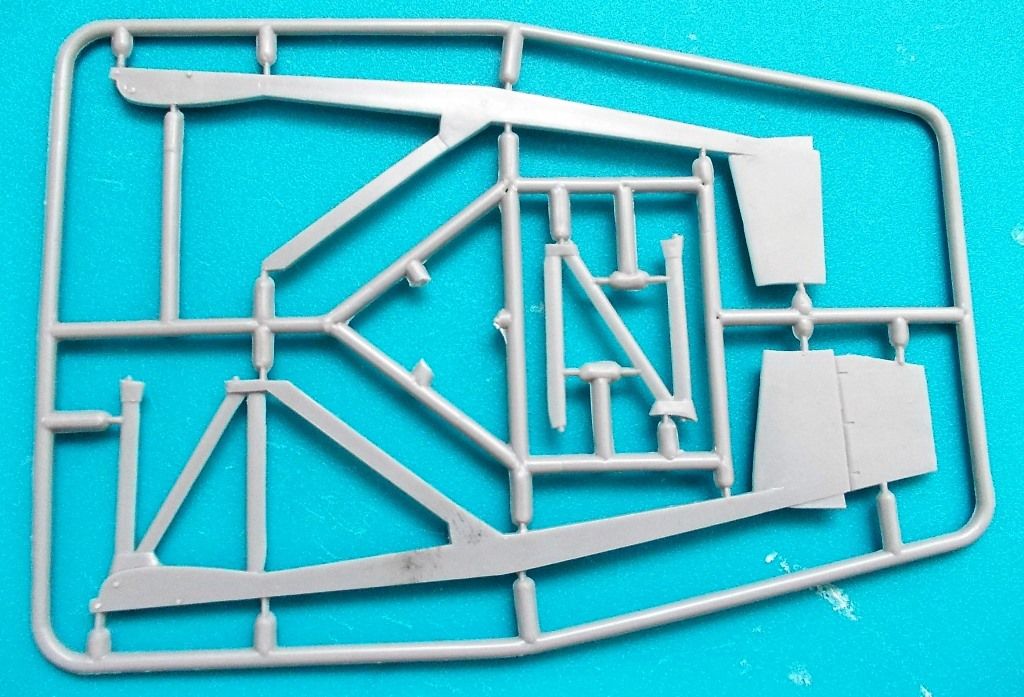
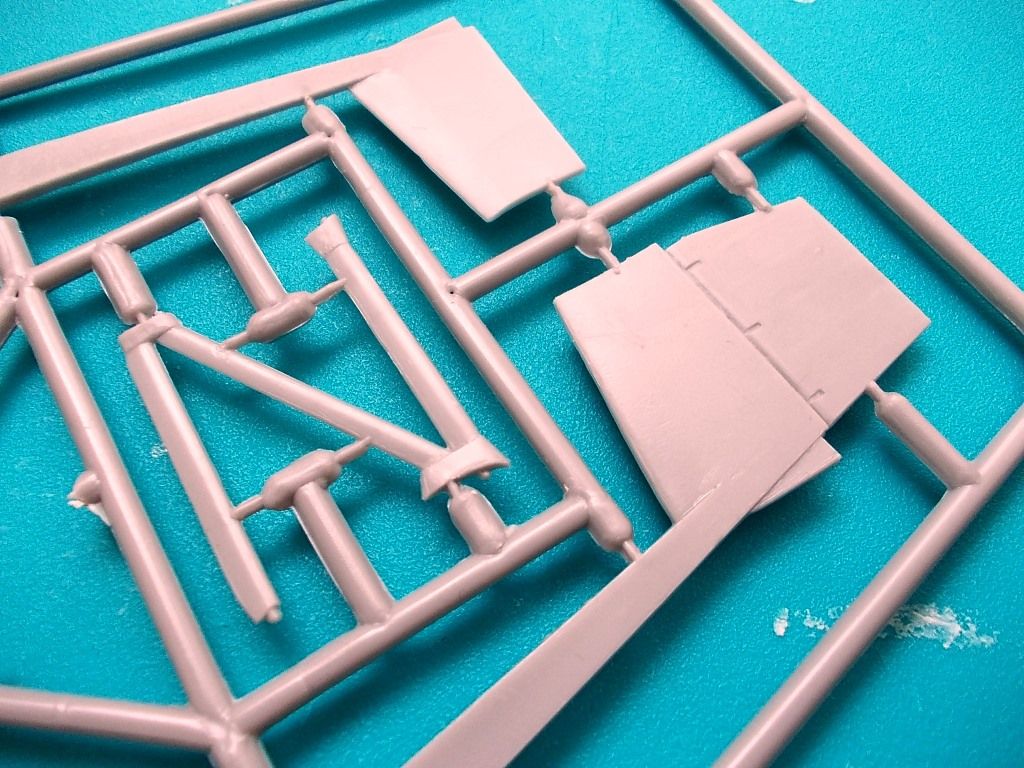
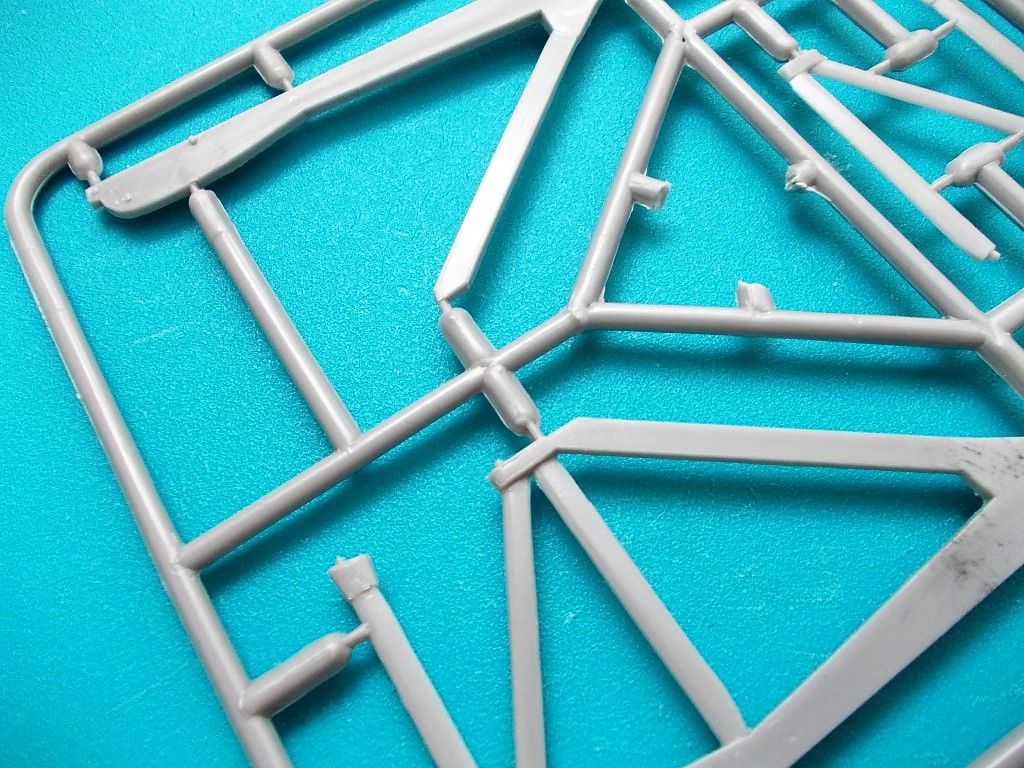
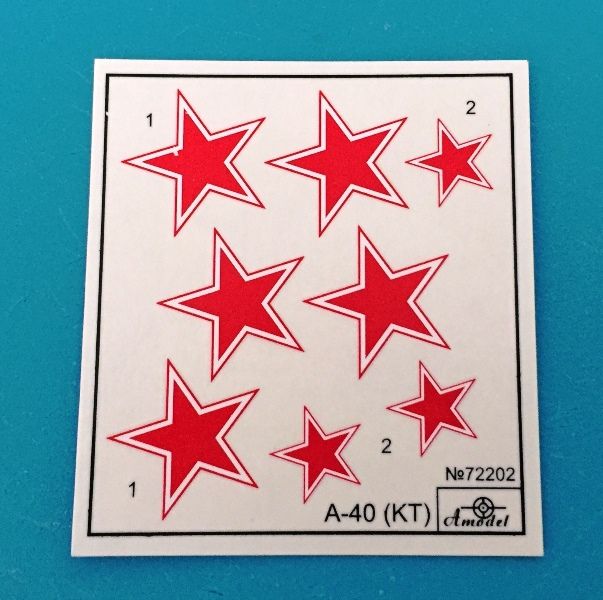
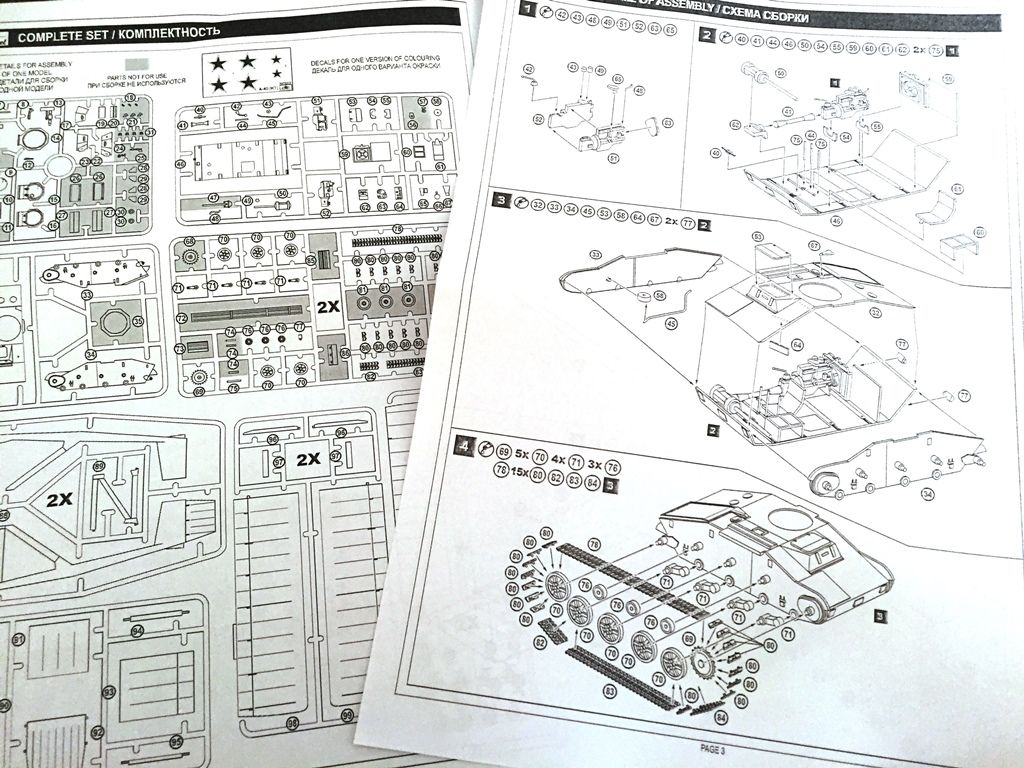
Good grief
ReplyDeleteI can not believe this, and the scale of 1:72
Everything they starting now to manufacture
Certainly there are voluptuous sight, when it is finished.
it's for you :)
DeleteThanks!
Delete:)